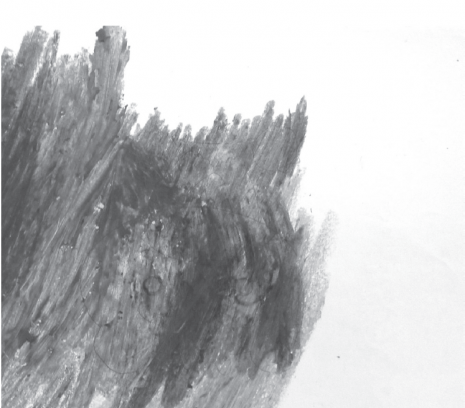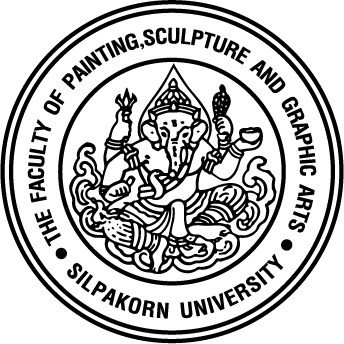The Comparative Study of Images Produced by Normal Children and Those by Autistic Children, First Article: Age 4-5
DOI:
https://doi.org/10.69598/sbjfa241003Keywords:
Comparative, Children, Autism, Drawing, 4-5 Years OldAbstract
Drawing is considered as an activity that enhances intelligence and learning abilities in children, especially those whose age is between 4 and 5 years old. As obviously known, children have a tendency of leaning through playing process rather than in the classroom. Therefore, drawing is treated as playing that makes children happy with learning process through art activities. These activities can stimulate several aspects of development for example imaginative thinking, knowledge, memory, understanding, intelligence, emotion, skill, and social learning through their senses and sensation before rational thinking process. This study aims at creating a comparison of all aspects of abilities of normal children and children with Autism. Subjects of drawing include human, animal, tree, and house. Elements used include line, shape, color, space. However color is the most frequently used element. Art is considered as a tool that pinpoints the differences of individual characteristics. Images created by children with Autism shows freedom as we can see from their combination of disconnected imaginative narratives, continuous but immediate lines, shapes that imply motion and distorted-proportion, contrast and unrealistic colors, a lack of art composition principle. All of these make the drawings by children with Autism interesting and unique, and helps us to gain a good understanding of Autism condition.Downloads
Download data is not yet available.

Downloads
Published
04-04-2020
How to Cite
Suwansorn, M. . (2020). The Comparative Study of Images Produced by Normal Children and Those by Autistic Children, First Article: Age 4-5. Silpa Bhirasri (Journal of fine arts), 2(2), 151–241. https://doi.org/10.69598/sbjfa241003
Issue
Section
Research Articles
License
The journal's editorial team does not have to agree with the views and comments in the author's article, nor are they responsible for the comments.











